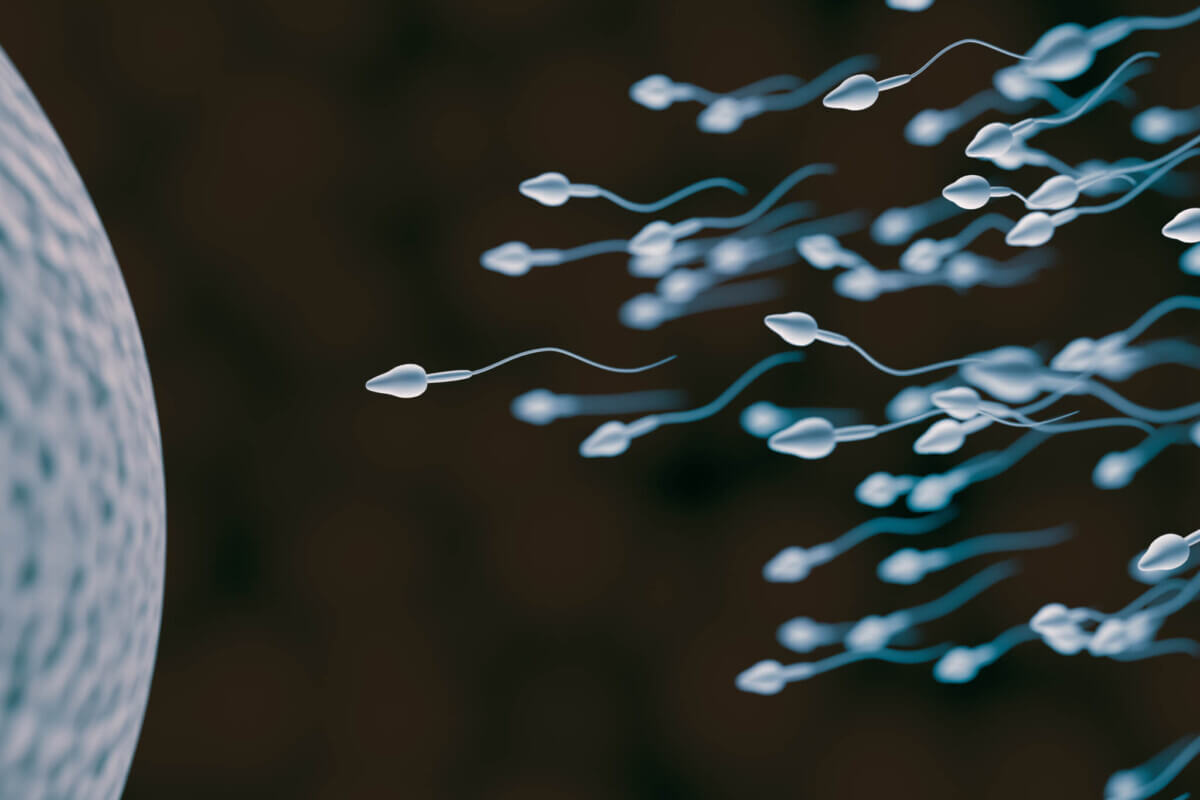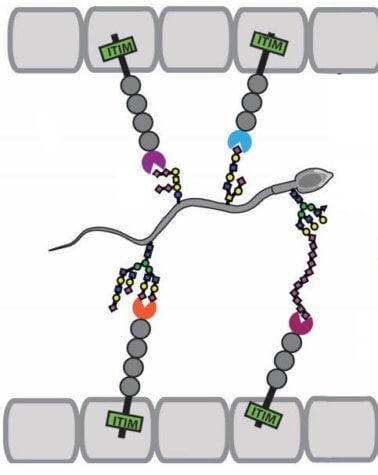
Half the men in a Spanish study group displayed total sperm counts that were 57% lower post-Covid compared to their pre-Covid samples. (© vchalup - stock.adobe.com)
SAN DIEGO — While most people assume that we've pretty much figured out all the intricacies of human conception, there are still a few mysteries regarding fertilization that scientists are working to explain. Interestingly, new research at the University of California, San Diego has discovered a possible “secret handshake” between sperm and cells lining the uterus. This covert little exchange allows certain sperm to pass through and move onto fertilization.
According to researchers, it is important to understand that as soon as sperm arrive in the uterus they are attacked by the immune system. This immune response ends up neutralizing most of the sperm, which is why it usually takes 200 million to colonize an egg. So many are needed so that a few hundred will survive and successfully fertilize an egg.

“I'm a lonely zoologist in a medical school,” explains molecular anthropologist Pascal Gagneux in a statement. “My elevator spiel is that all of life is one big compromise. For an egg, being too easy to fertilize is bad; being too difficult to fertilize is also bad.”
This immune attack may seem counterproductive at first consideration, but researchers say that too many sperm can also be a problem. For instance, the thinning out of sperm in the uterus can help prevent polyspermy, which is when an egg is fertilized by more than one sperm, effectively compromising its ability to develop and grow.
Now, Gagneux and his team say they have discovered evidence of a “secret handshake” between sperm and the uterus.
The study reports, for the first time, that the cells lining the uterus contain a special receptor capable of recognizing a distinct molecule present on the surface of sperm cells. Researchers theorize that when sperm pass by uterus cells a type of interaction, likened to the so-called “handshake,” occurs via these receptors and molecules. This in turn adjusts the female body's response in some way, allowing certain sperm to escape the immune system's attack.
Gagneux admits that there is still a great deal of work to be done in order to fully understand this interaction. Researchers are unsure if this “handshake” allows sperm to tone down the immune response, or if it is primarily a way for uterus cells to select preferable sperm for fertilization.
The study is published in the Journal of Biological Chemistry.










